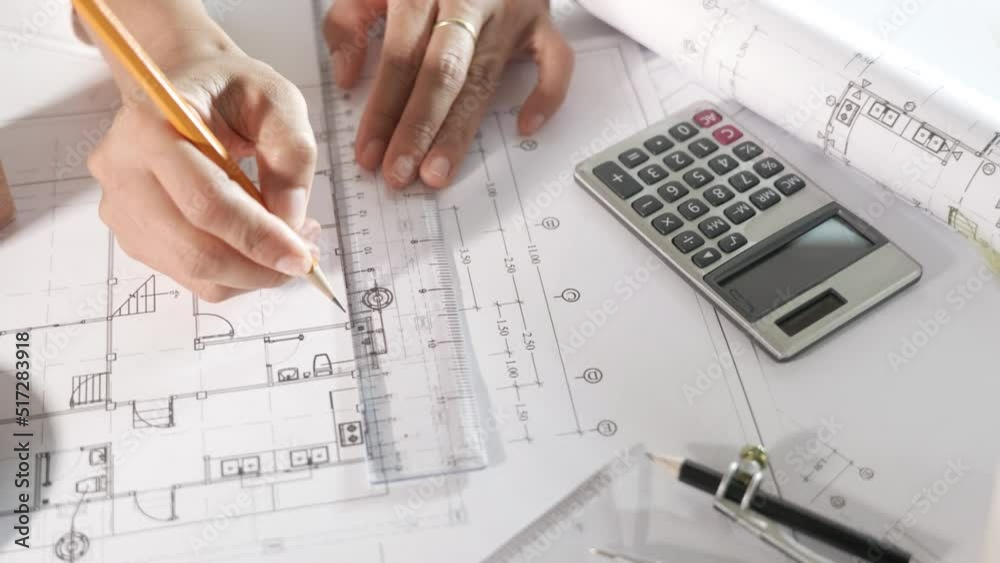Balancing Aesthetics and Functionality: Exploring the Services of Modern Architecture Firms
In today's fast-paced world, architecture is not just about constructing buildings but also about creating spaces that are both visually appealing and functional. Modern architecture firms play a crucial role in achieving this delicate balance between aesthetics and functionality. They blend artistic vision with practical considerations to design structures that not only look stunning but also serve their intended purpose efficiently. Let's delve into the world of modern architecture firms services and they provide to create spaces that are both visually pleasing and practical.
The Role of Modern Architecture Firms
Modern architecture firms have evolved to meet the changing needs of society. They go beyond just designing buildings and focus on creating living and working environments that enhance the quality of life. These firms combine creativity, technology, and sustainability to develop innovative solutions that are both beautiful and functional.
Services Offered by Modern Architecture Firms
- Architectural Design: Modern architecture firms specialize in creating unique and innovative designs that reflect the client's vision while also considering practical aspects such as space utilization, natural lighting, and energy efficiency.
- Interior Design: In addition to exterior design, modern architecture firms also offer interior design services to create cohesive spaces that are aesthetically pleasing and functional.
- Project Management: From conceptualization to completion, modern architecture firms oversee every aspect of a project to ensure that it stays on schedule and within budget while meeting the client's requirements.
- Sustainable Design: Many modern architecture firms prioritize sustainability and incorporate environmentally friendly practices and materials into their designs to minimize the impact on the environment.
- Adaptive Reuse: Modern architecture firms are adept at repurposing existing structures to give them new life while preserving their historical and architectural significance.
- Urban Planning: Some modern architecture firms also engage in urban planning to create cohesive and sustainable communities that promote livability and connectivity.
Challenges in Balancing Aesthetics and Functionality
While modern architecture firms strive to achieve a harmonious blend of aesthetics and functionality, they often face challenges in the process. Balancing the artistic vision with practical considerations requires careful planning and collaboration between architects, engineers, and clients.
Common Challenges Faced by Modern Architecture Firms
- Budget Constraints: Clients may have budget limitations that can impact the scope of the project and the choice of materials and finishes.
- Regulatory Requirements: Compliance with building codes and regulations can sometimes restrict the creative freedom of architects, leading to compromises in the design.
- Site Limitations: The physical characteristics of the site, such as its size, shape, and orientation, can pose challenges in designing a space that is both aesthetically pleasing and functional.
- Client Expectations: Meeting the expectations of clients who may have different preferences and priorities regarding aesthetics and functionality can be a balancing act for architects.
- Technological Advancements: Keeping up with the latest technologies and trends in architecture is essential for modern architecture firms to deliver innovative and cutting-edge designs.
Case Studies: Examples of Successful Projects
Despite the challenges, modern architecture firms have successfully delivered projects that showcase the seamless integration of aesthetics and functionality. Let's explore some case studies of noteworthy projects that exemplify the work of modern architecture firms.
Case Study 1: The High Line, New York City
The High Line is a prime example of adaptive reuse, where an old elevated railway track was transformed into a public park that runs through the heart of Manhattan. Modern architecture firms worked collaboratively to design a space that seamlessly blends nature with urban infrastructure, creating a unique and vibrant public space.
Case Study 2: The Shard, London
The Shard is an iconic skyscraper in London known for its striking design and innovative architecture. Modern architecture firms employed cutting-edge technology and sustainable practices to create a mixed-use development that harmoniously integrates with the surrounding urban fabric while offering panoramic views of the city.
